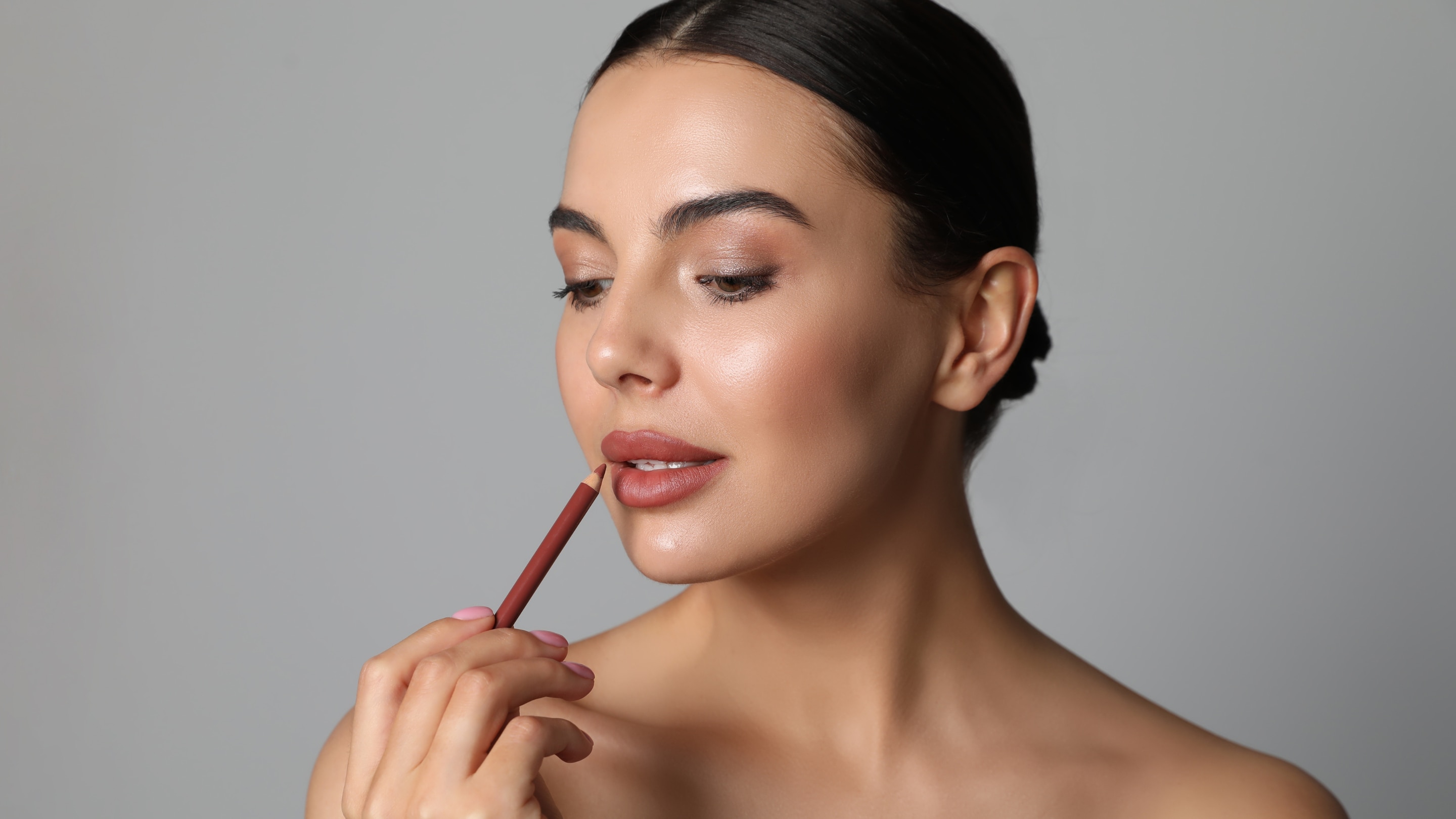- 01 What is a Lip Liner and Why is it Important?
- 02 Benefits of Using Lip Liner
- 03 How to Apply Lip Liner Perfectly (Step-by-Step)
- 04 Choosing the Right Lip Liner Shade
- 05 Lip Liner Techniques for Different Lip Shapes
- 06 Lip Liner Hacks for Everyday Use
- 07 Common Lip Liner Mistakes to Avoid
- 08 Best Lip Liner & Lipstick Pairing Ideas
- 09 Conclusion
- 10 FAQs
In the ever-evolving world of cosmetics, we often overlook the quiet workhorses in our beauty bags. Among these, the lip liner stands out as one of the most underrated yet powerful tools in any makeup routine. It's the essential scaffolding for your perfect pout, offering a subtle yet profound transformation that even the most high-end lipstick cannot achieve alone.
01What is a Lip Liner and Why is it Important?
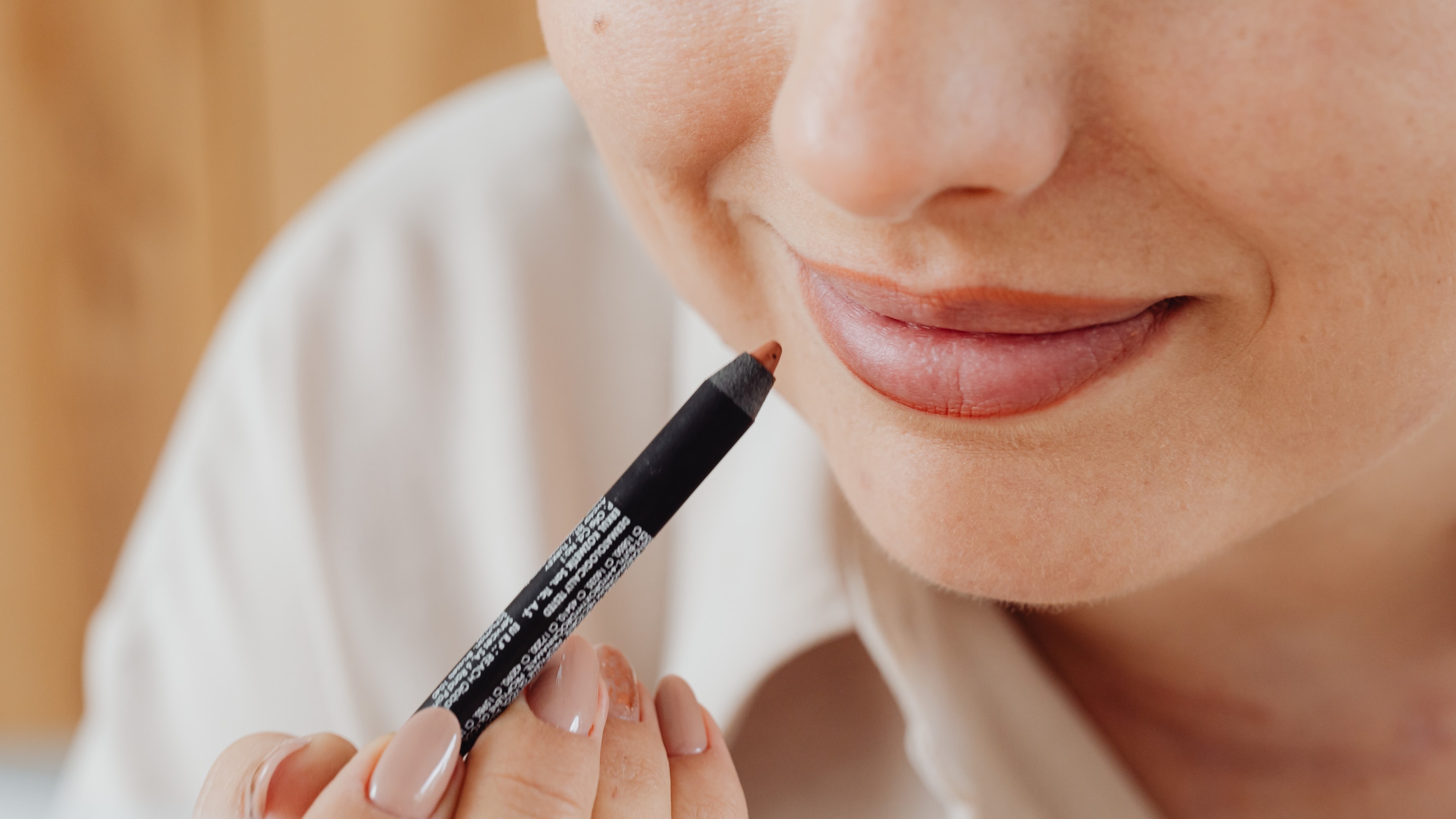
Simply put, a lip liner is a cosmetic pencil, often wax-based and highly pigmented, designed for application along the outer perimeter of the lips. Its role extends far beyond merely outlining. It is crucial for emphasising your makeup look because it:
- Creates a Barrier: The firmer texture of the pencil forms a subtle dam, preventing creamy lipsticks and glosses from 'feathering' or 'bleeding' into the fine lines around the mouth—a particular concern when wearing bold or dark hues.
- Provides Definition: It allows you to sharpen the edges of your lips, giving them a polished, structured look that lipstick alone can often blur.
- Enhances Longevity: When used as a base, it gives the lipstick something to adhere to, essentially gripping the colour and drastically increasing its staying power.
02Benefits of Using Lip Liner

The key advantages of this small but mighty tool are simple and relatable:
- Flawless Finish: It ensures a crisp, clean edge, a hallmark of a professional-looking lip.
- Extended Wear: Your chosen colour stays put for longer, even through sips and light meals.
- Fights Feathering: Essential for preventing the dreaded 'lipstick bleed'.
- Illusion of Fullness: Strategically applied, it can make your lips appear subtly larger without resorting to fillers.
- Colour Correction: It can neutralise your natural lip tone to ensure the true colour of your lipstick shines through.
03How to Apply Lip Liner Perfectly (Step-by-Step)
Mastering how to use lip liner is straightforward, even for a beginner.
- Prep Your Lips:

Start with smooth, moisturised lips. Apply a light layer of lip balm and blot off any excess a few minutes before you begin.
- Start at the Cupid's Bow:
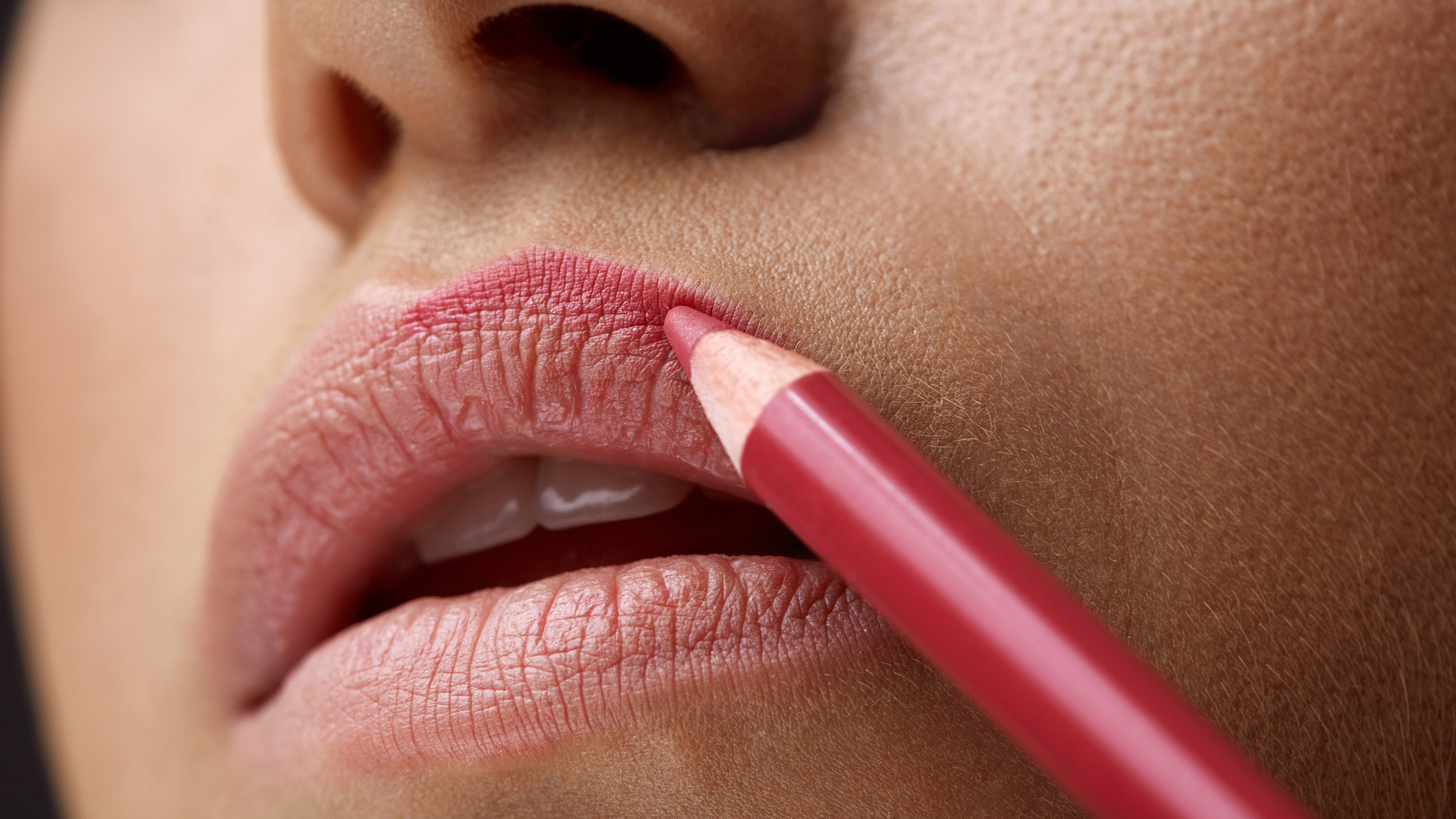
Lightly define the 'V' shape on the centre of your upper lip. This is your anchor point for symmetry.
- Trace the Outer Corners:
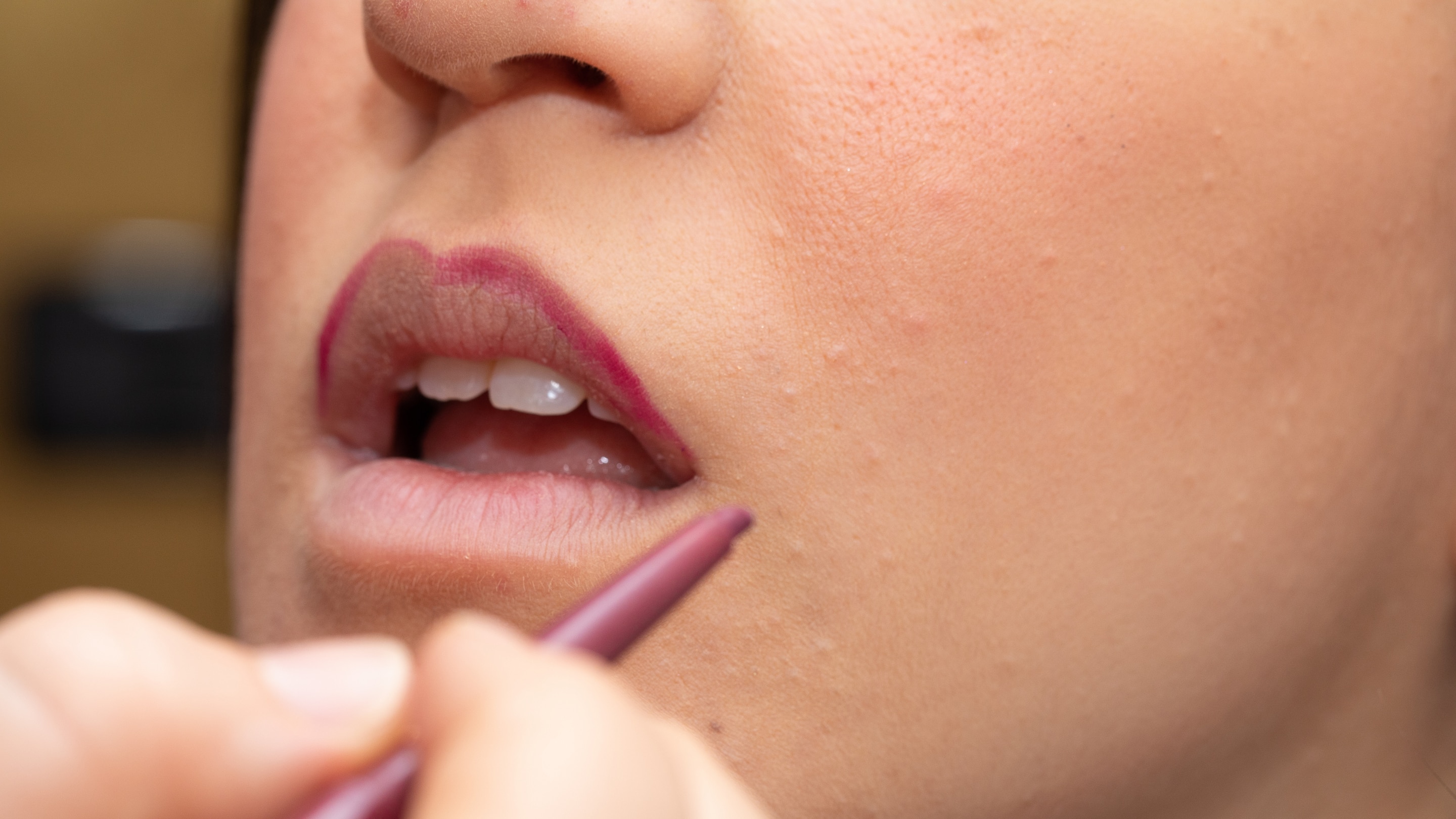
Move to the outer corners of your upper lip, drawing a line towards the centre point you just created.
- Define the Lower Lip:
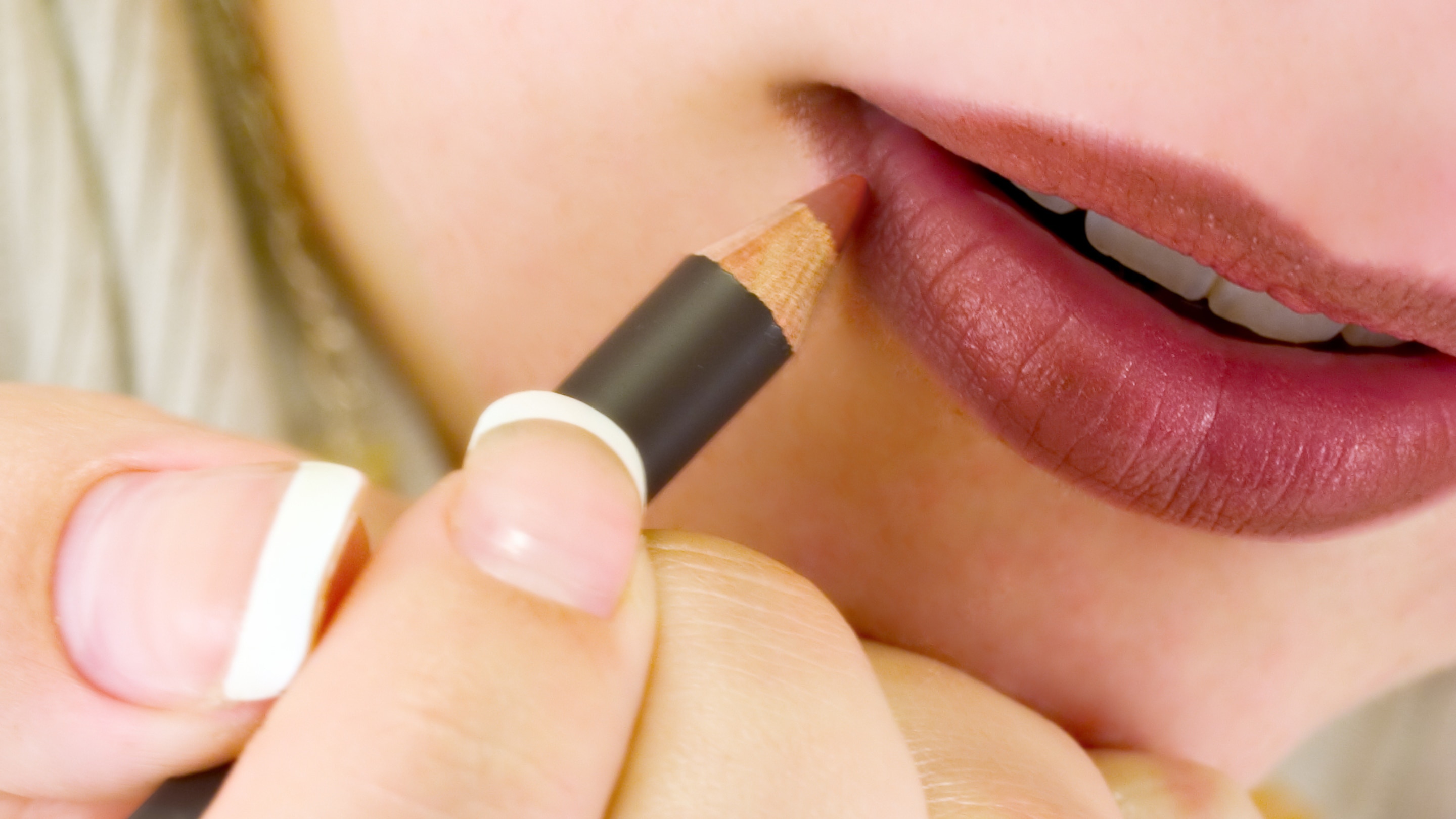
Trace the centre of your lower lip line, then connect this line to the outer corners.
- Softly Overline (Optional):
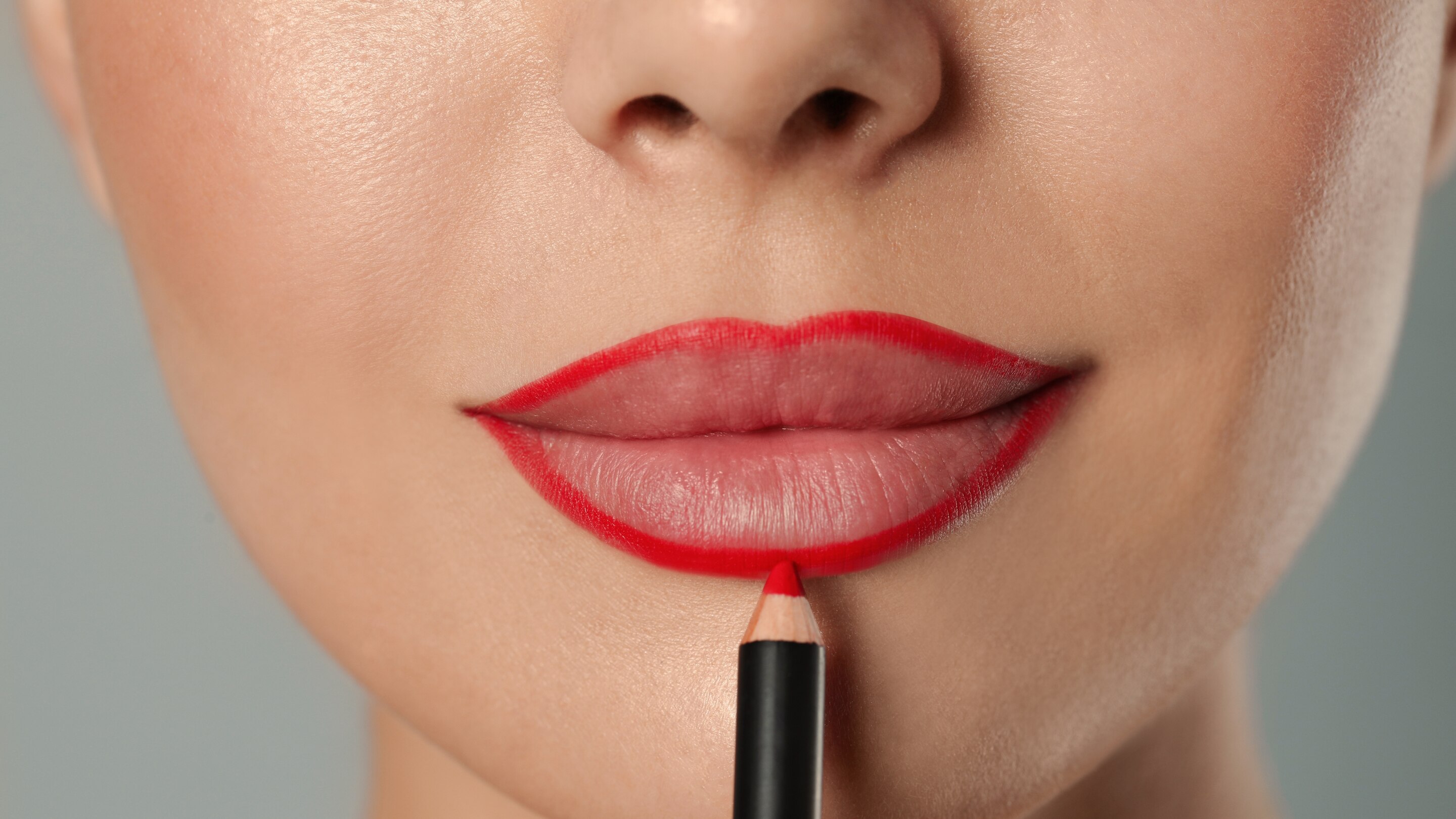
To create the illusion of fullness, draw just outside your natural lip line—but do so with a very light hand, focusing on the centre areas.
- Fill and Blend:
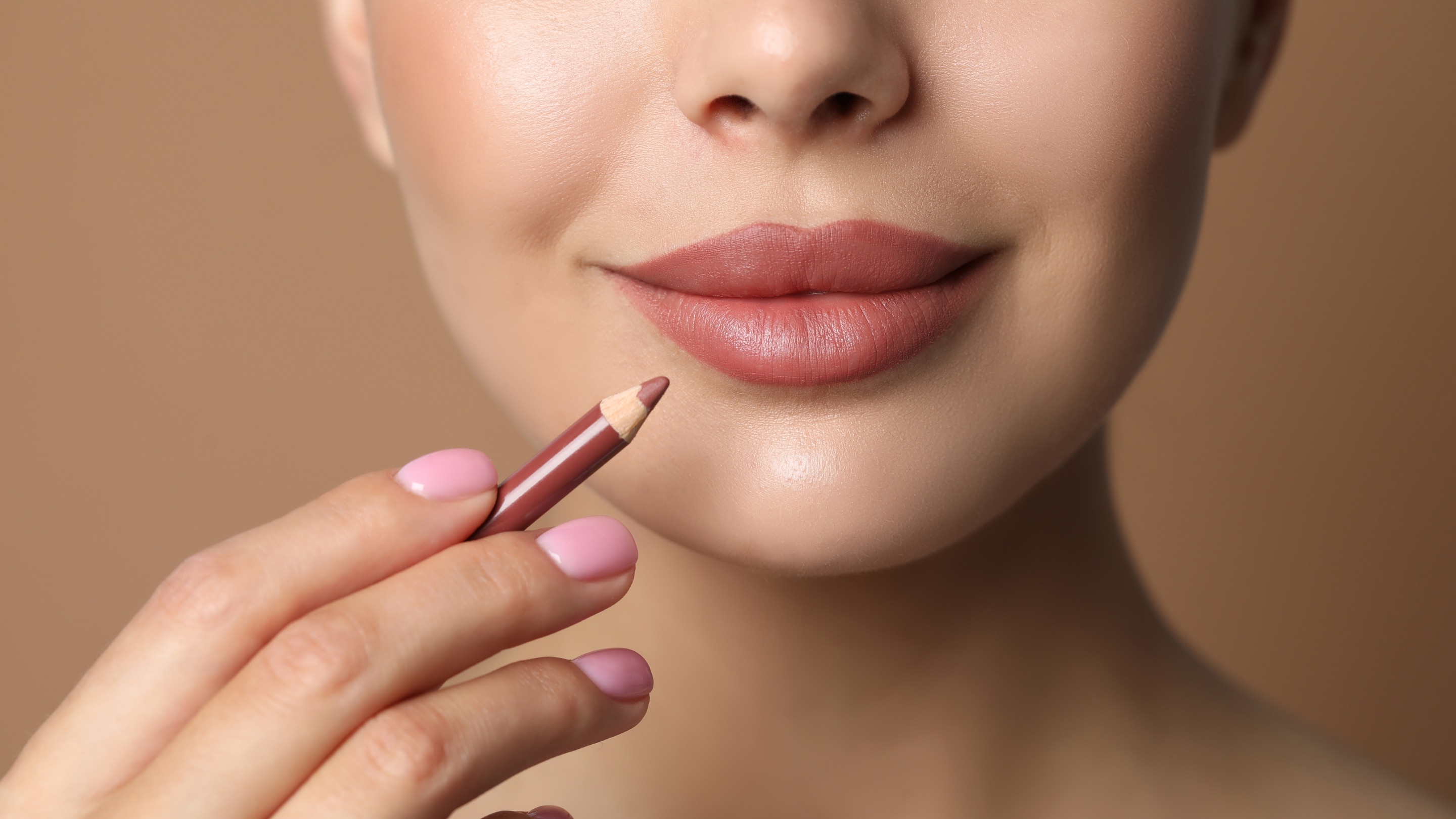
Gently fill in your entire lip area with the liner. This creates the perfect long-wear base. You have now established a canvas where your lip liner is lipstick, a popular technique for an effortless, matte, and incredibly long-lasting colour.
- Apply Your Colour:
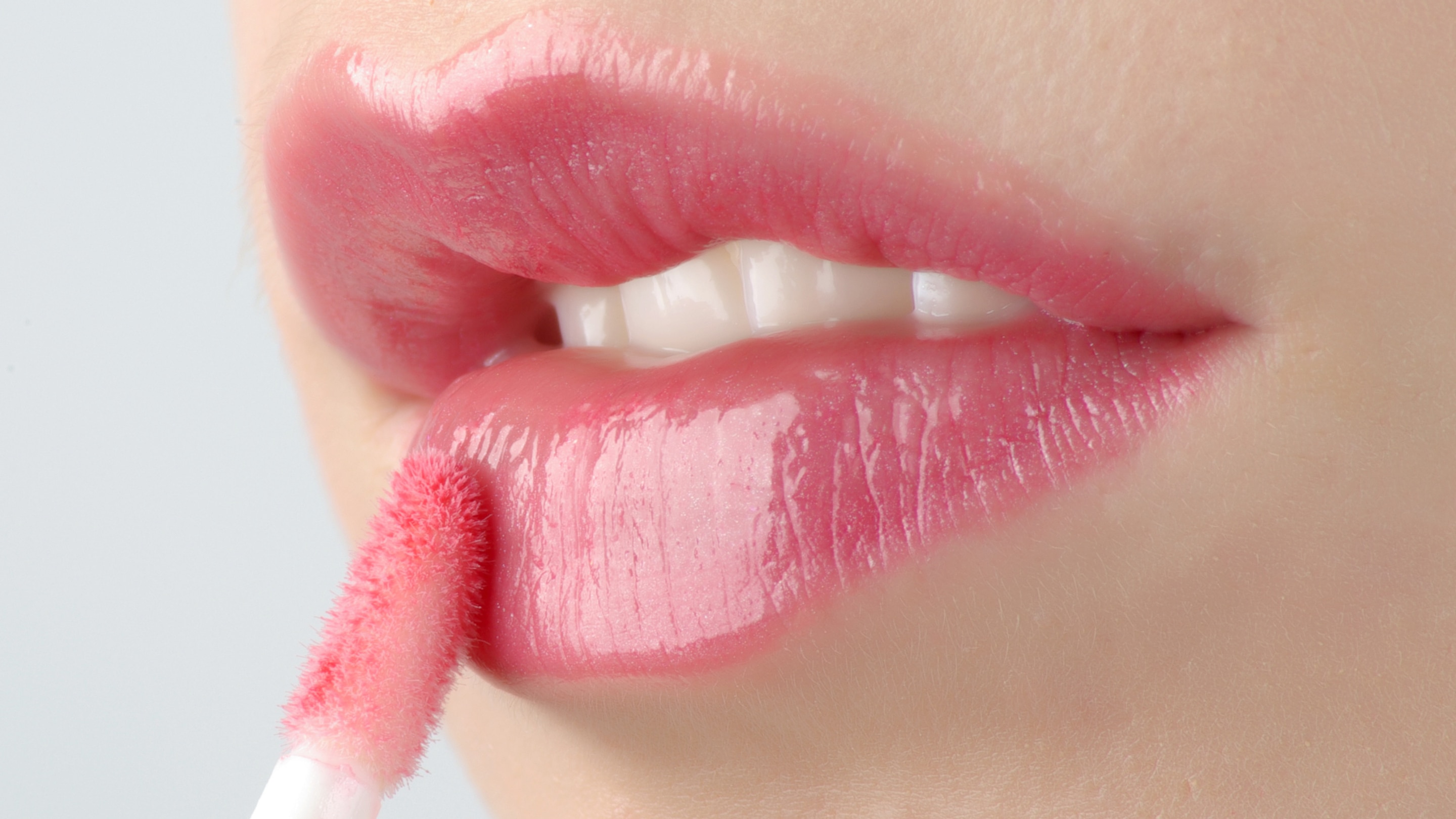
Finish with your desired lipstick, gloss, or simply a balm over the lined and filled base.
04Choosing the Right Lip Liner Shade
Learning how to choose lip liner is about finding harmony with your main lip colour.
- For Bold Lipsticks (Reds, Berries, etc.):

Choose a liner that is an exact match to your lipstick tone. This creates a seamless, locked-in look.
- For Nudes and Pinks:

Opt for a shade that matches your natural lip colour or is no more than one or two shades darker than your chosen lipstick. This ensures the definition looks natural, not harsh. A versatile, mid-toned brown lip liner is a must-have for creating the popular '90s-inspired sculpted nude lip on many skin tones.
- Going for Dimension (Contour):
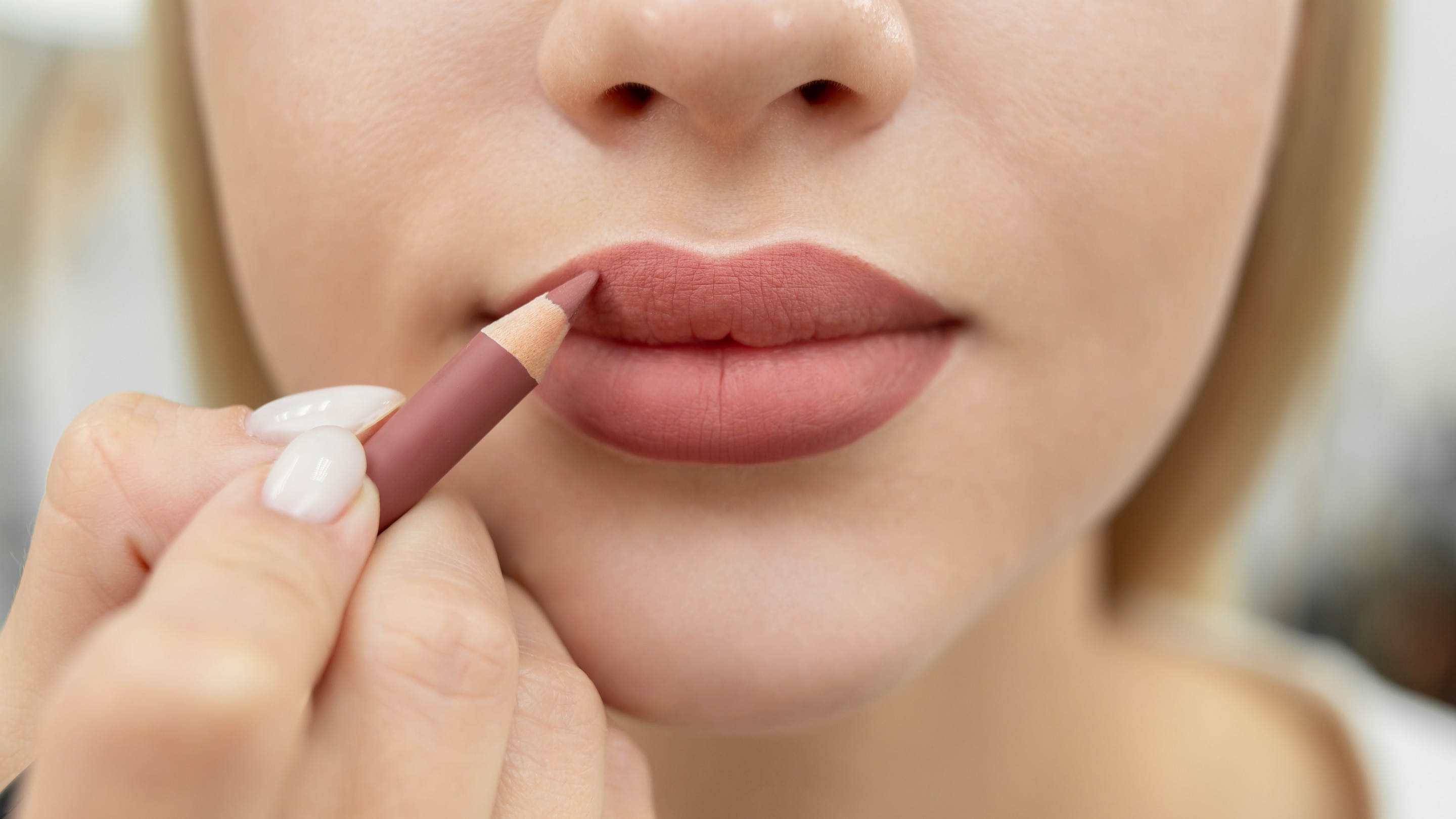
Select a shade that is slightly darker than your lipstick. This provides subtle shadow and volume, particularly for those on the hunt for the perfect lip liner shades that sculpt rather than just line.
- Liner as the Main Colour:
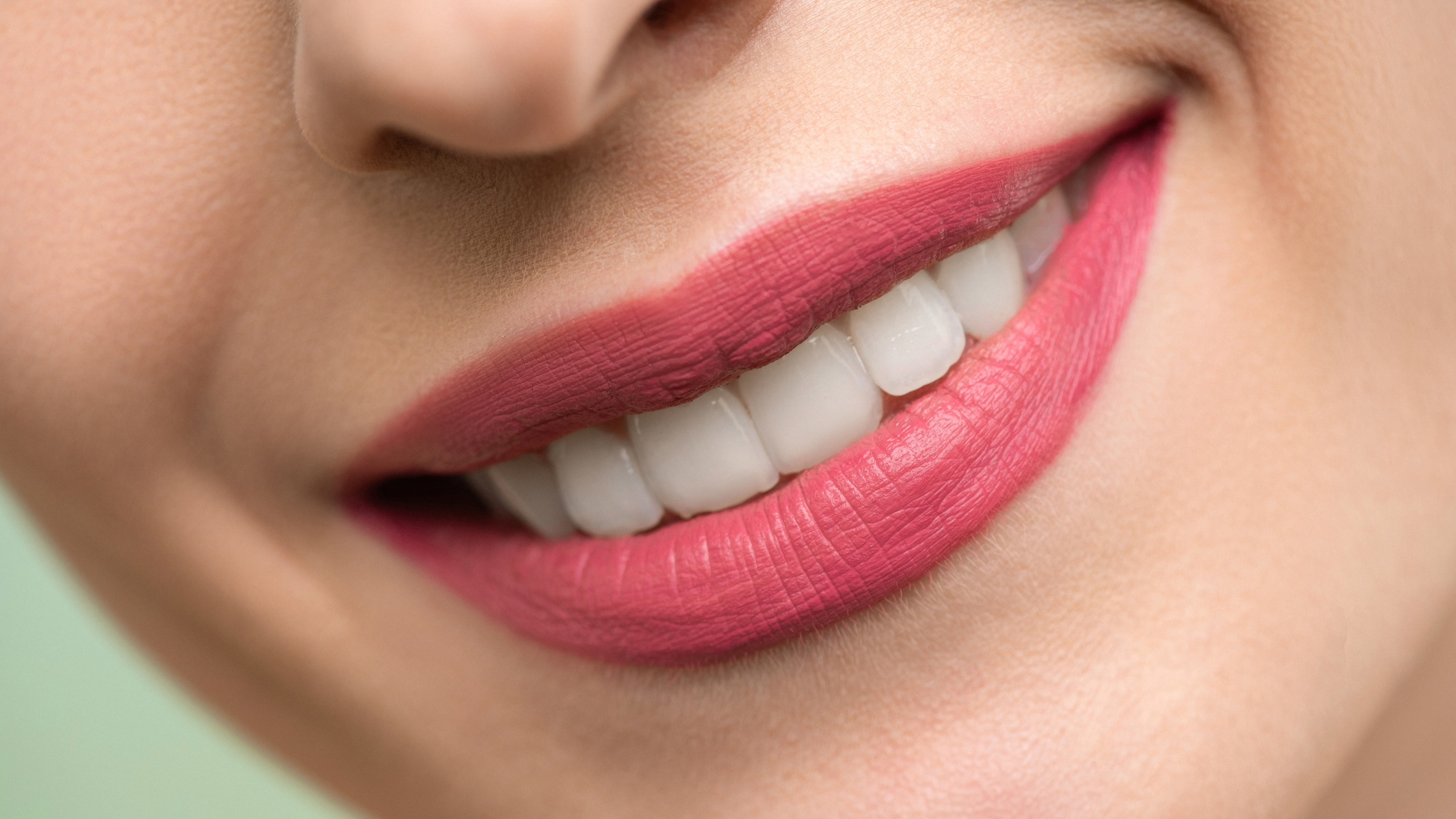
If you want to see if can lip liner be used as lipstick, select a highly pigmented, creamy formula in your favourite shade (like a matte rose or deep nude).
05Lip Liner Techniques for Different Lip Shapes
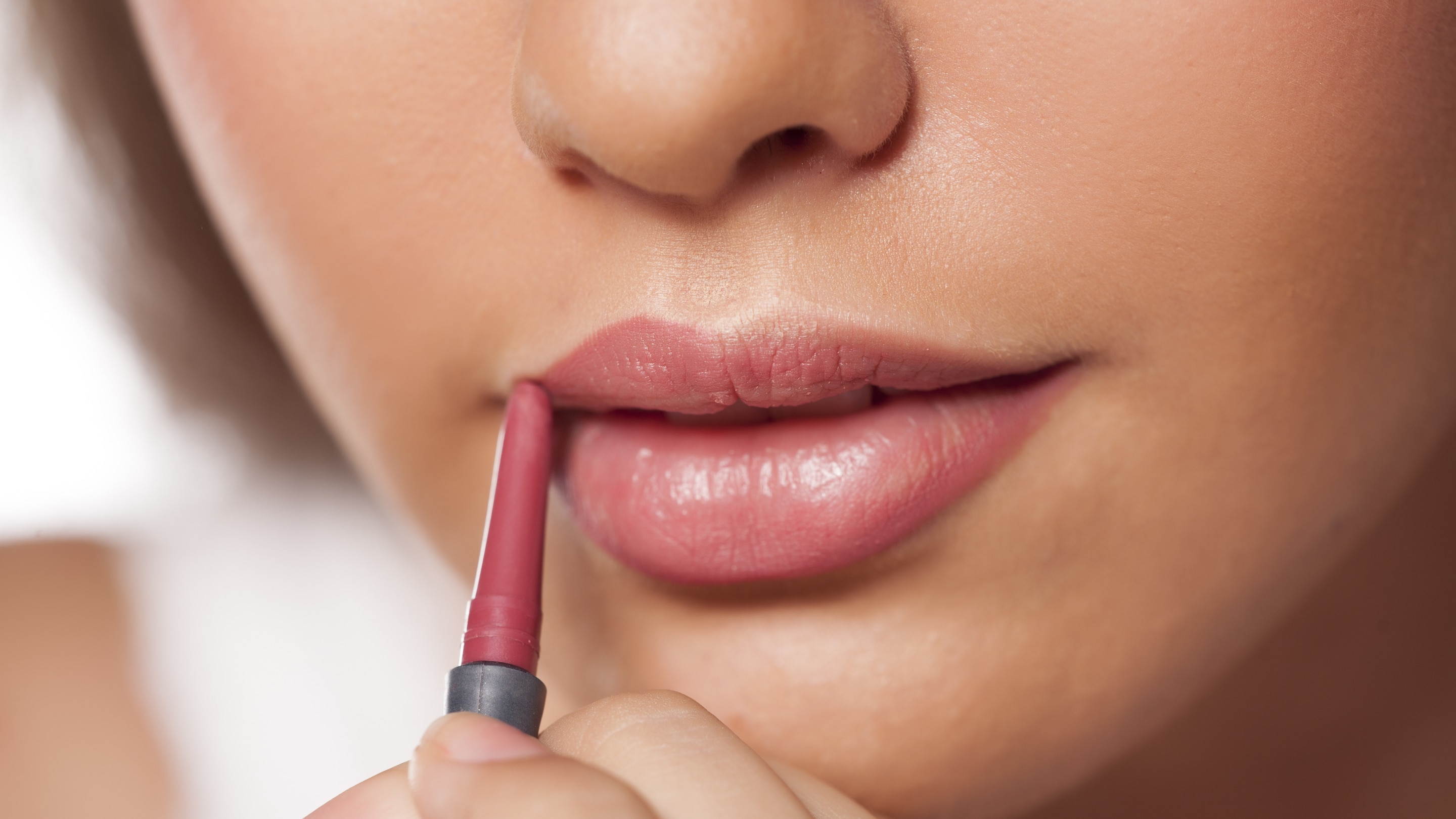
Lip liner is a subtle plastic surgeon in a pencil, capable of rebalancing and reshaping your pout.
- For Thin Lips: Use a nude or light pink liner to slightly overline (go just outside the natural border). Focus on overlining the very centre of the top and bottom lip, leaving the corners to follow the natural line. Filling the whole lip with liner before adding a touch of gloss in the centre enhances the fullness.
- For Full Lips: Use a liner that exactly matches your lipstick or natural lip tone. Trace inside the very edge of your natural lip line to slightly 'tuck in' the volume for a more controlled appearance.
- For Uneven Lips: Use the liner to establish symmetry. For instance, if your upper lip is thinner than your lower, slightly overline the thinner lip until it appears more balanced with the fuller one.
- For Downturned Lips: Stop the liner just before the corners of your mouth turn down. Instead, draw a very slight upward angle from the lowest point of your lip line to visually 'lift' the mouth.
06Lip Liner Hacks for Everyday Use

These simple tricks can dramatically simplify your routine:
- The Full-Lip Fix: For an ultra-matte, long-lasting look, apply liner over the entire lip area. This proves that can lip liner be used as lipstick — yes, absolutely, and it often wears better!
- Custom Colour: Blend a brown lip liner around the edges with a lighter pink or nude liner in the centre for a custom ombré effect that gives incredible volume.
- Lipstick Rescue: Use a nude lip liner after applying lipstick to clean up any smudges or redefine a wobbly edge, essentially acting as a precise concealer.
- Gloss Lock: Line your lips with a clear or natural-toned liner before applying lip gloss to stop the glossy formula from migrating.
07Common Lip Liner Mistakes to Avoid

A few pitfalls can undo the benefits of this great product:
- Choosing the Wrong Shade: A liner that is significantly darker than your lipstick or natural lip tone creates a harsh, dated 'ring around the mouth' effect. Always seek harmony.
- Not Blending: Never leave a stark, unblended line. Feather the colour inwards from the line using the pencil itself or a small brush.
- Applying to Dry Lips: A dry lip canvas means the liner will drag and look patchy. Ensure your lips are prepped and smooth.
- Over-Sharpening: A super-sharp point can be too rigid; slightly blunt the tip on the back of your hand for a smoother, softer application.
08Best Lip Liner & Lipstick Pairing Ideas
Great pairings elevate your look from good to exceptional:
- Classic Nude:
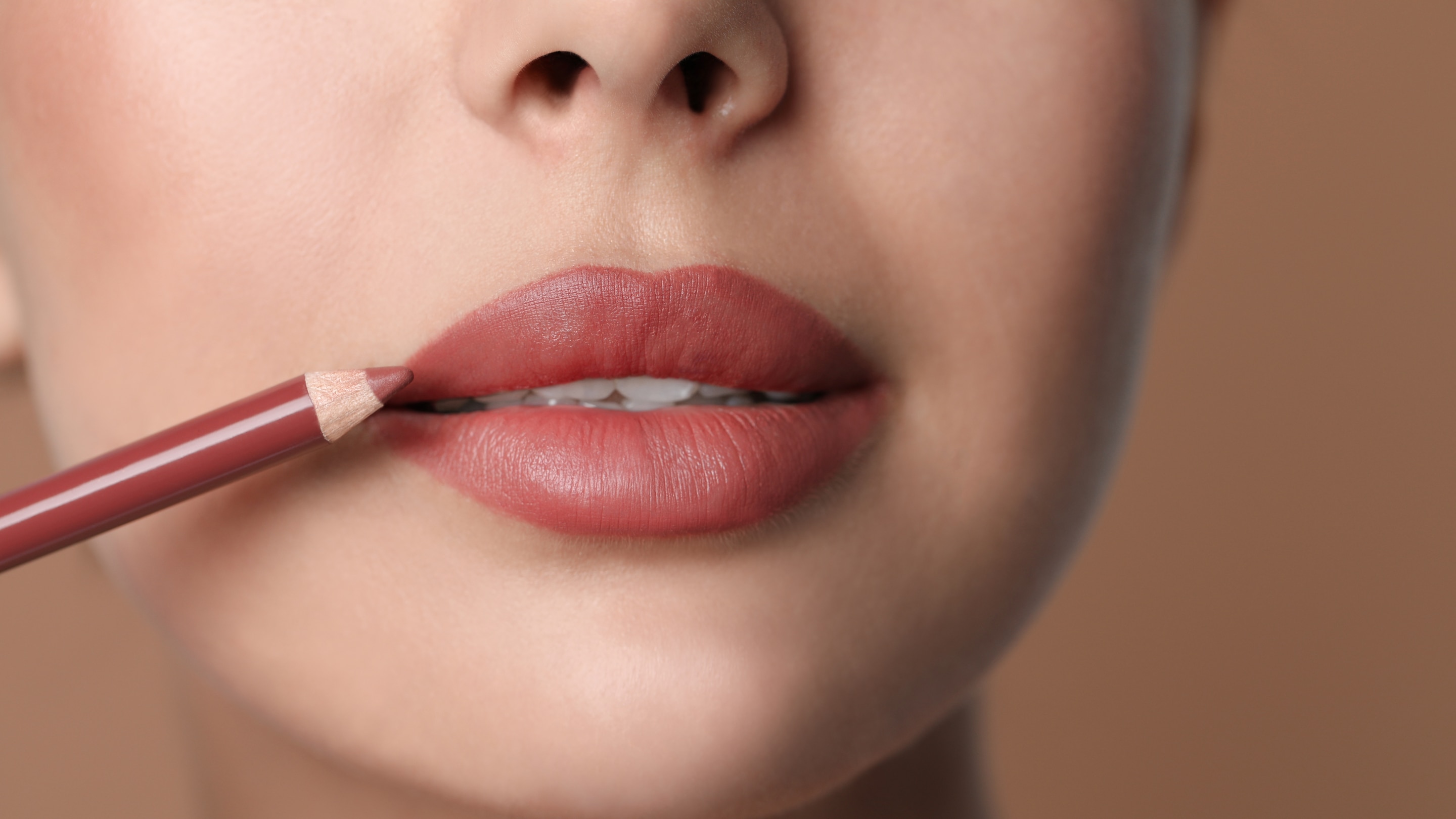
Use a natural-toned brown lip liner (think 'Spice' or 'Whirl' shades) for the outline, then fill with a creamy peach or pale pink nude lipstick. This results in a sculpted, voluminous, and timeless look.
- Old Hollywood Red:
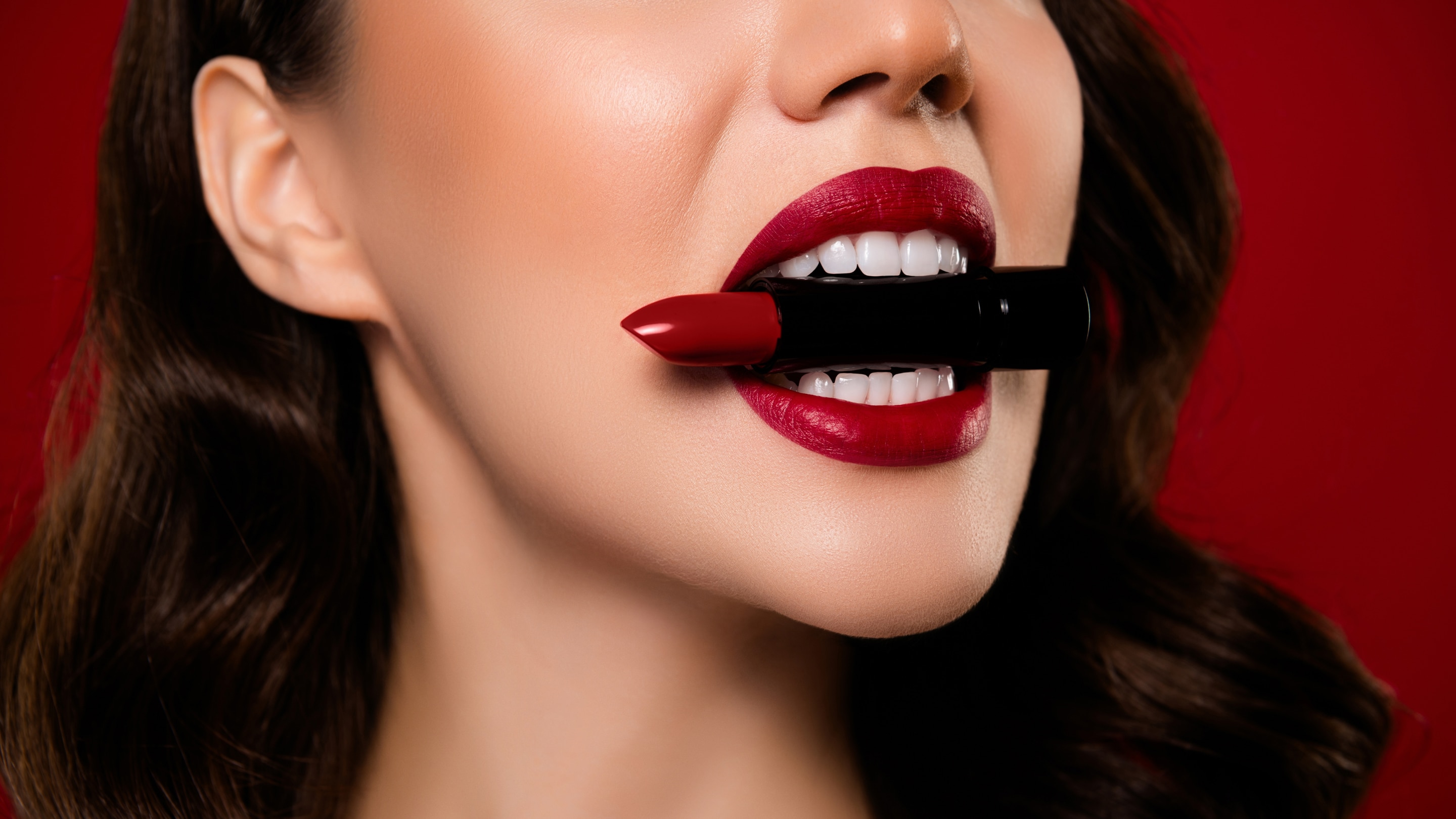
Pair a True Red Liner (one that matches the lipstick exactly) with a matte or satin Blue-Red Lipstick. The liner provides razor-sharp definition and reliably stops any colour bleed.
- The Edgy Pout:
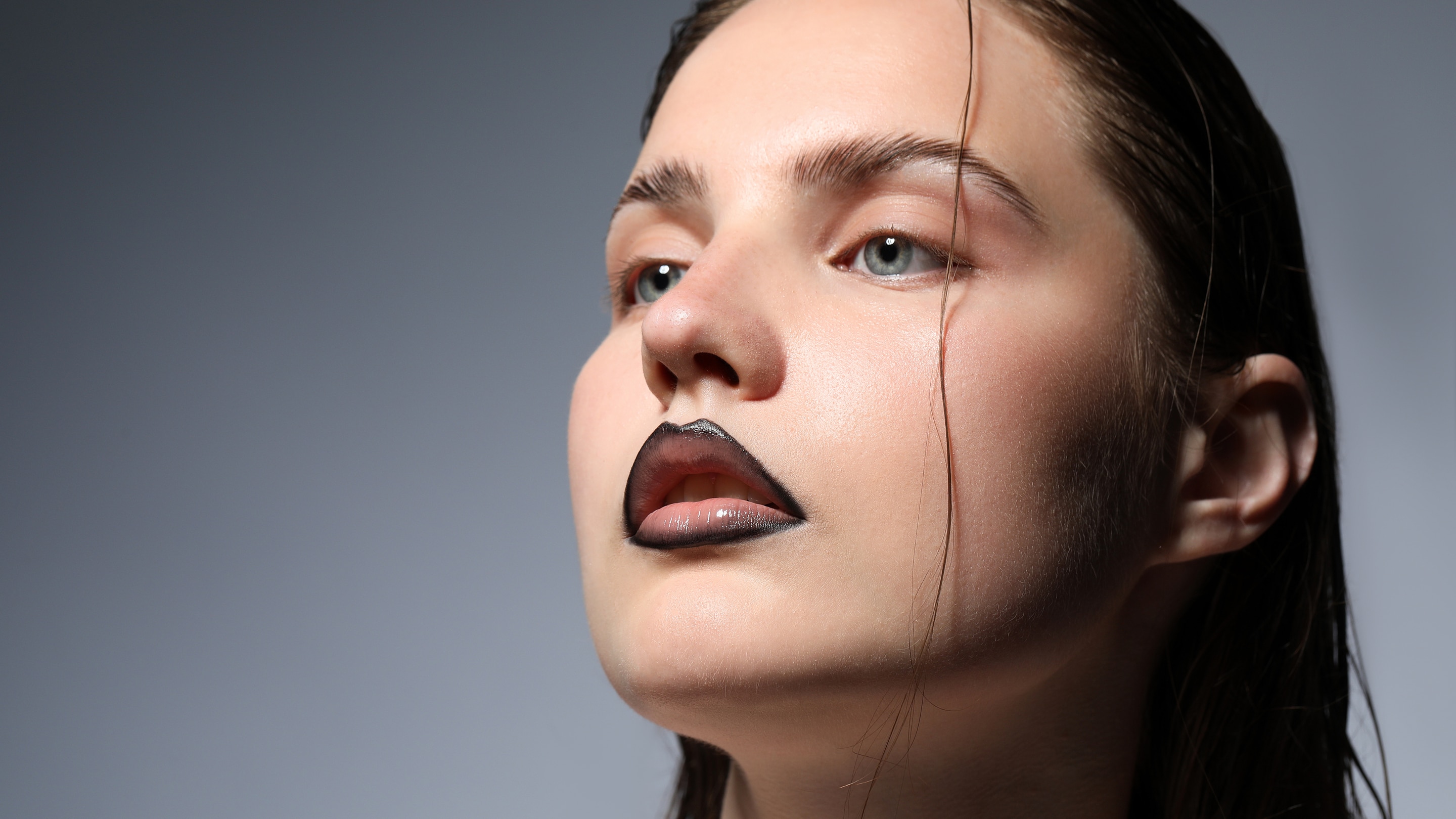
Achieve dramatic depth by using black lip liner with red lipstick. Apply the black liner around the perimeter and gently blend it inwards before applying a deep, matte primary red lipstick in the centre. This creates an instant ombré effect for a full, bold lip.
- Soft Mauve:
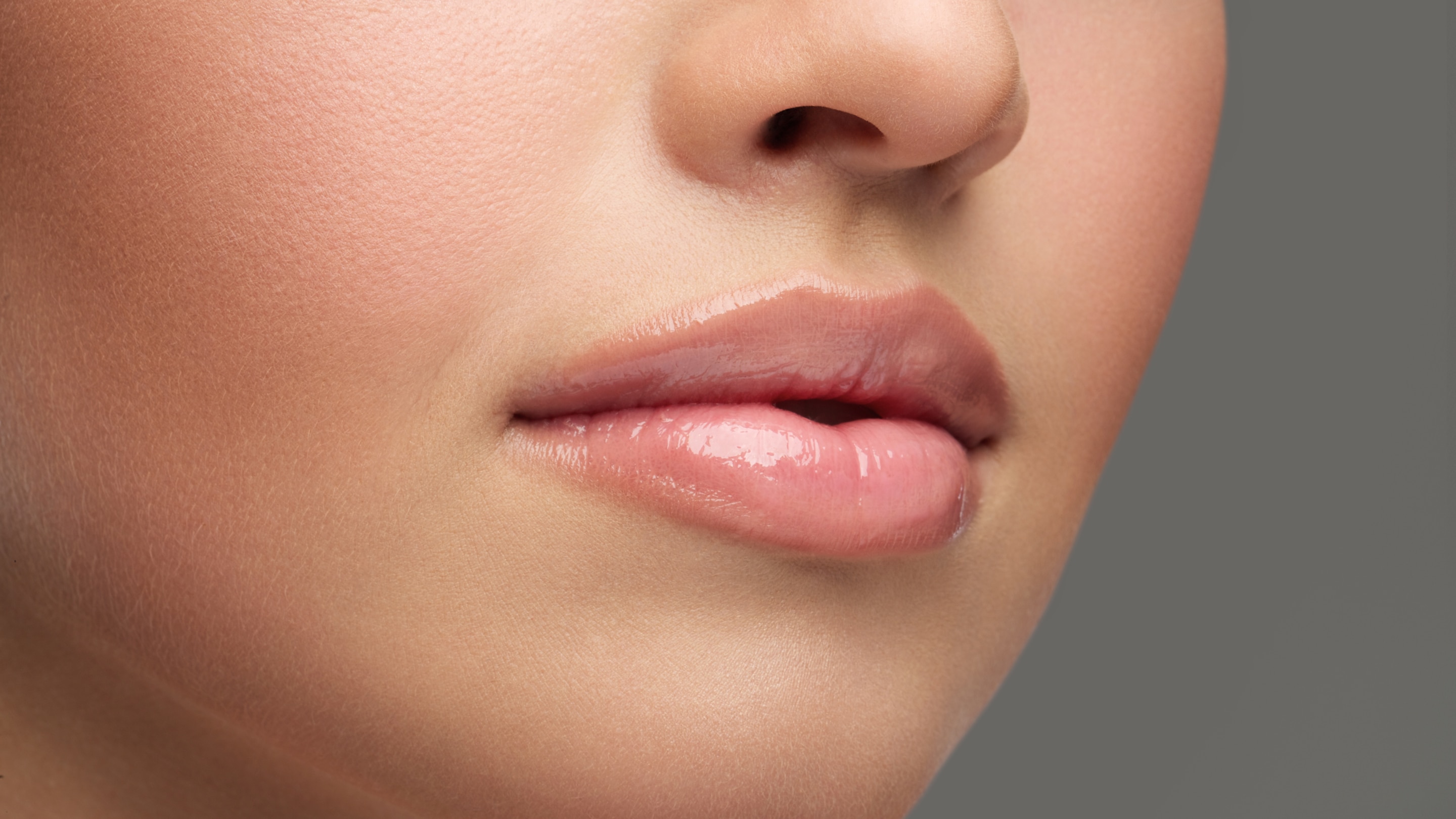
Line with a muted rosy-mauve liner and top it with sheer pink gloss or a balm. The result is an effortlessly defined, everyday elegance.
- The '90s Revival:
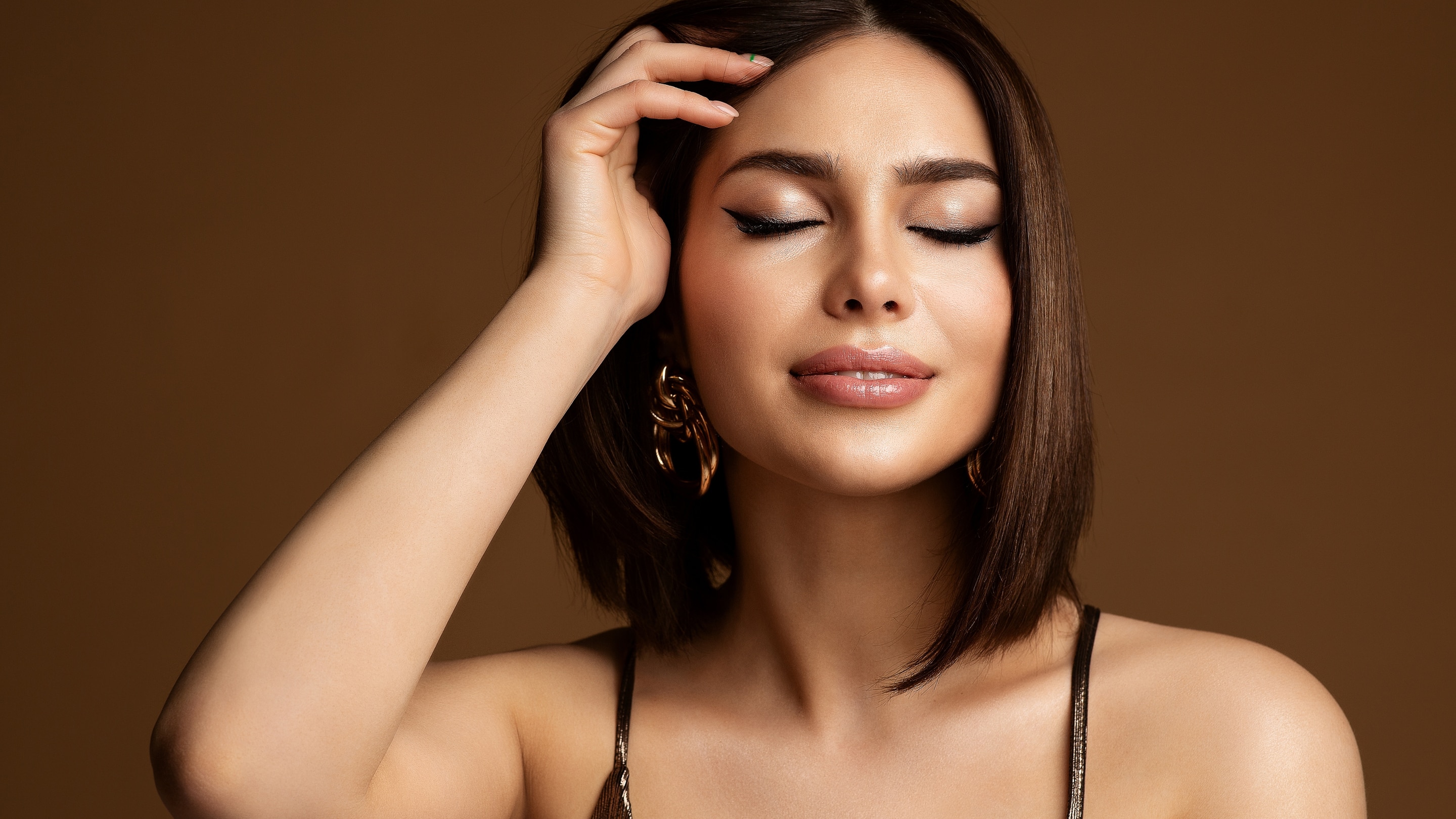
Use a deep, cool-toned brown lip liner to define, and simply finish with a clear or slightly shimmering lip gloss. This provides a defined silhouette with a modern, high-shine finish.
09Conclusion
The humble lip liner is far more than just a barrier; it is the architect of the perfect lip. From correcting asymmetry and extending wear to enabling bold pairings like black lip liner with red lipstick, it is the single most effective tool for transforming your pout. Learning how to use lip liner is not a difficult chore but a gateway to a world of elevated makeup artistry. Incorporate it into your routine, and watch your lip look—and your confidence—become instantly more polished, defined, and powerful.
10FAQs
Q: Can lip liner be used as lipstick for a full-colour look?
A: Absolutely! Many modern formulas are creamy enough that lip liner as lipstick is a popular choice for a long-wearing, fully matte finish.
Q: How do I choose the most versatile lip liner shades?
A: Start with a liner that perfectly matches your natural lip colour and a versatile brown lip liner with a cool undertone. These two shades can be paired with almost any nude, pink, or even red to add subtle definition.
Q: Should I apply lip liner before or after my lipstick?
A: You should apply lip liner before your lipstick. It acts as a base and barrier for the colour. However, you can also use a matching liner after applying lipstick to gently clean up the edges and sharpen the definition.

